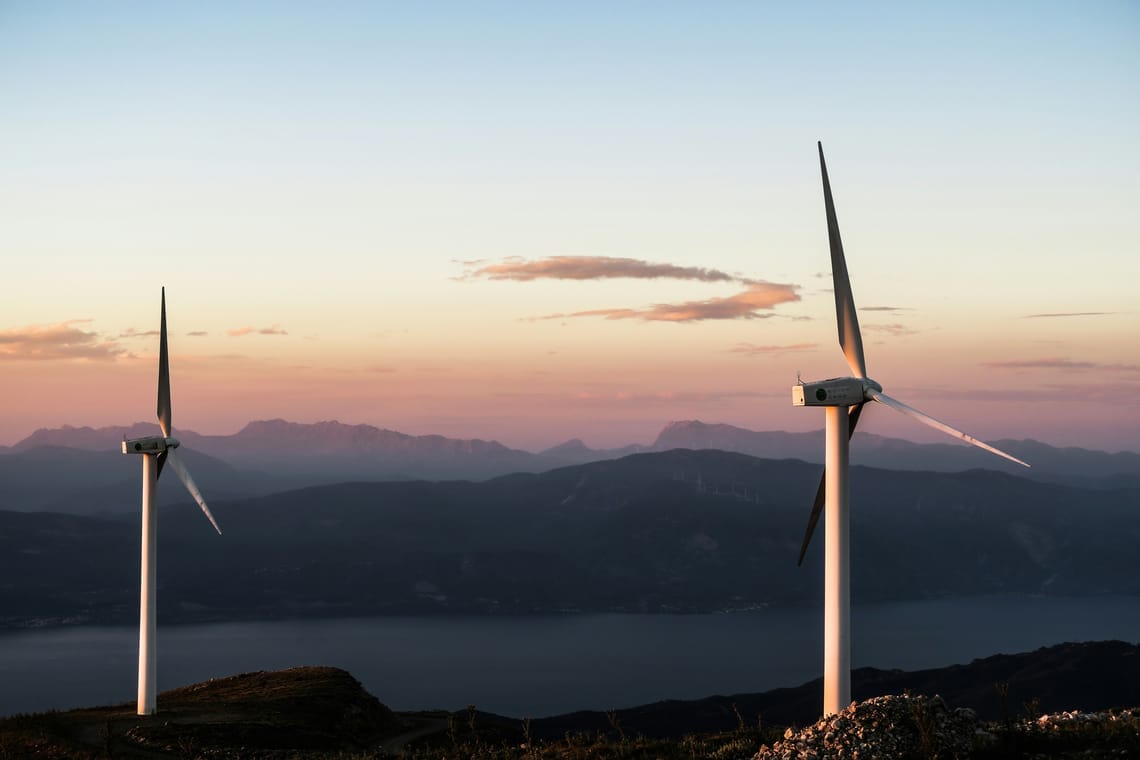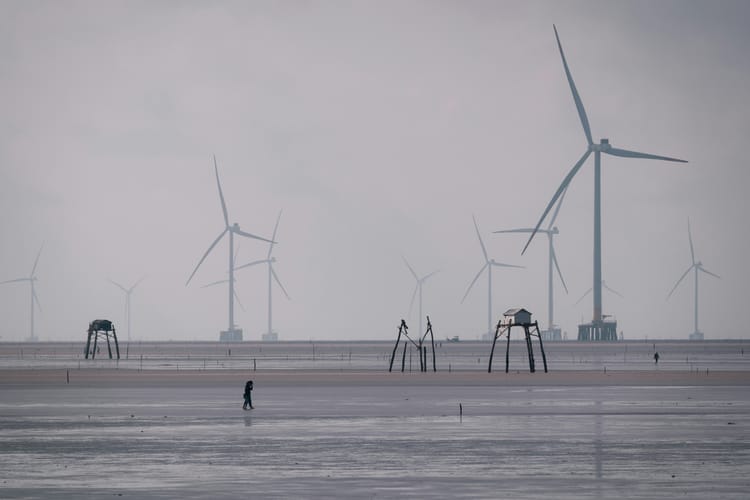CSO Futures Weekly: Google grapples with AI-induced emissions

Welcome to this new edition of CSO Futures Weekly, featuring interviews, insight and intelligence for Chief Sustainability Officers from our site and beyond.
Google buys stake in clean energy to offset AI-induced emissions hike

Google’s greenhouse gas emissions were 48% higher in 2023 than in 2019, according to the company’s sustainability report published Tuesday.
The tech giant’s emissions grew 13% in 2023 over the year prior, according to its 2024 Environmental Report.
Google attributed its increase in energy demand and usage to its data centres, exacerbated by the explosive growth of artificial intelligence in recent years.
AI services and programs require considerably more power than standard online activity, sparking concern that the tech industry’s environmental impact is increasingly worsening. A generative AI system, such as ChatGPT, might use around 33 times more energy than computers running task-specific software, according to a recent study.
These large data centres are often built where electricity is cheapest, not where renewables are key energy sources. Some experts say the rapidly expanding use of data centres to power AI threatens the entire energy transition. That is partly because a new data centre can delay the closure of a power plant that burns fossil fuels or, in some cases, prompt a new one to be built.
Earlier this week, Google said it had purchased a stake in Taiwan’s BlackRock-backed New Green Power to develop a 1 gigawatt (GW) pipeline of new solar capacity in Taiwan.
Google said the new solar capacity will help power its data centers and cloud region in Taiwan. Some of the energy capacity will also be offered to Google’s chip suppliers in the region.
Clean energy on the rise in the bloc

Renewables comprised more than half of all power generation in Europe in the first six months of 2024, according to the latest figures from Eurelectric’s data platform.
Some 74% of electricity produced in the EU through June came from renewable and low-carbon energy sources, industry association Eurelectric said, due to an “unprecedented influx of renewables on the grid combined with the stabilisation of the nuclear fleet.”
In other clean energy news, the European Commission approved a 3 billion euro scheme to support carbon capture and storage in Sweden, which aims to help the country meet its goal of net zero emissions by 2045.
The funding scheme will support projects that permanently capture and store carbon emissions from biomass plants that use wood and other waste to produce fuel, electricity, and heat.
Eurelectric noted that power demand, however, remains low due to sluggish growth, mild weather, and deindustrialization. Low demand has pushed prices for solar and wind into the negatives in recent weeks.
Statkraft, Europe’s largest renewable energy power generator, said it was scaling back plans to build new solar and wind plants due to lower electricity prices and high costs.
Announcing its plans to slow capacity growth, the company said it now aims to install 2 to 2.5GW of onshore wind, solar, and battery storage annually from 2026. Its previous target was 2.5 to 3GW annually from 2025 and 4GW annually from 2030. It also scaled back its target for offshore wind: Statkraft now aims to develop 6 to 8GW in total by 2040, down from its previous goal of 10GW.
Regulators are cracking down on transport emissions globally. Those who fail to adapt pay the penalty

Ships sailing through Arctic waters can no longer use or carry heavy bunker fuel under a United Nations regulation that took effect on Monday.
Heavy fuel oil (HFO) is a relatively cheap, tar-like oil that is widely used for shipping around the world. However, its dirty black carbon emissions can darken white ice and accelerate the melting wrought by climate change.
Accounting for 80% of marine fuel used worldwide, HFO is the largest source of ship climate warming and is responsible for around 20% of the shipping industry’s climate impact on a 20-year basis.
However, many say the ban does not go far enough in geographic scope and will make little impact, as a series of loopholes will allow the vast majority of ships to use the fuel until 2029.
According to the regulations, ships built after 2010 with a “protected fuel tank” will be exempt from the ban. This impact is likely to be significant – the International Council on Clean Transportation estimates that about three-quarters (74%) of ships that use HFO will be able to continue to do so. Ships of countries that border the Arctic will also be exempt from the ban in their own territorial waters, as are ships engaged in securing the safety of ships or those used in search and rescue operations.
The ban only covers 16% of HFO burned and 30% of HFO carried as fuel, excluding HFO cargoes entirely, a study by the International Council on Clean Transportation (ICCT) found.
As regulators crack down on emissions, companies that fail to adapt pay the price. American carmaker General Motors will pay a US$145.8 penalty after a government investigation found excess emissions from approximately 5.9 million GM vehicles.
In addition to paying the penalty, the Environmental Protection Agency (EPA) said the carmaker had agreed to give up approximately 50 million metric tonnes in carbon credits that it had received for complying with federal rules after a multi-year investigation found cars from the 2012 to 2018 model years were emitting more than 10% higher carbon dioxide on average than the company’s initial compliance reports stated. GM will also give up roughly 30.6 million gas mileage credits from the National Highway Traffic Safety Administration (NHTSA).
The vehicles include 4.6 million 2012 to 2018 full-size pickup trucks and SUVs and some 1.3 million 2012 to 2018 midsize SUVs.
In other news:
Incoming Mexican president taps renewables expert as secretary of energy
Report: Global carbon removal credit industry could reach $100bn
German court cracks down on greenwashing







Member discussion